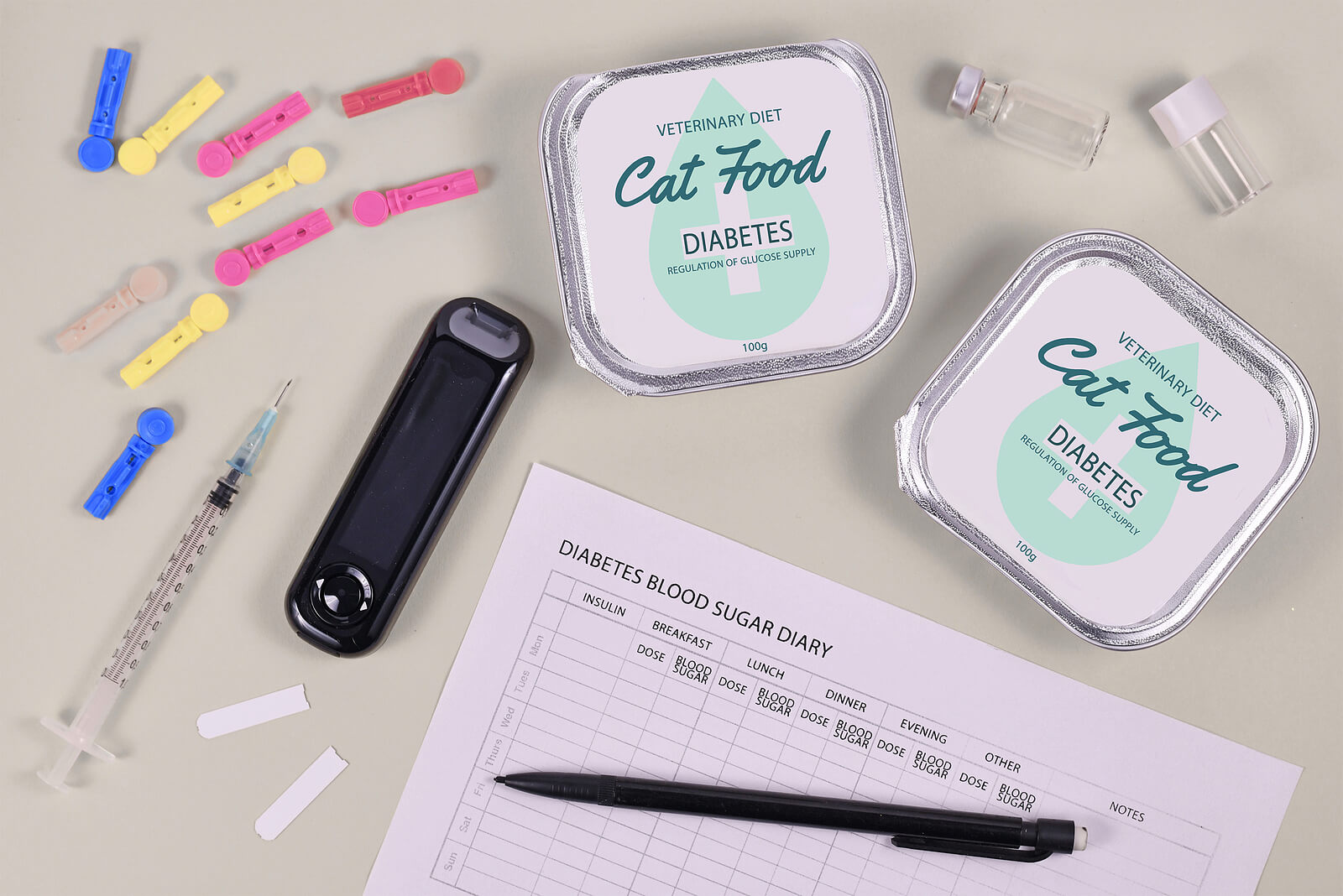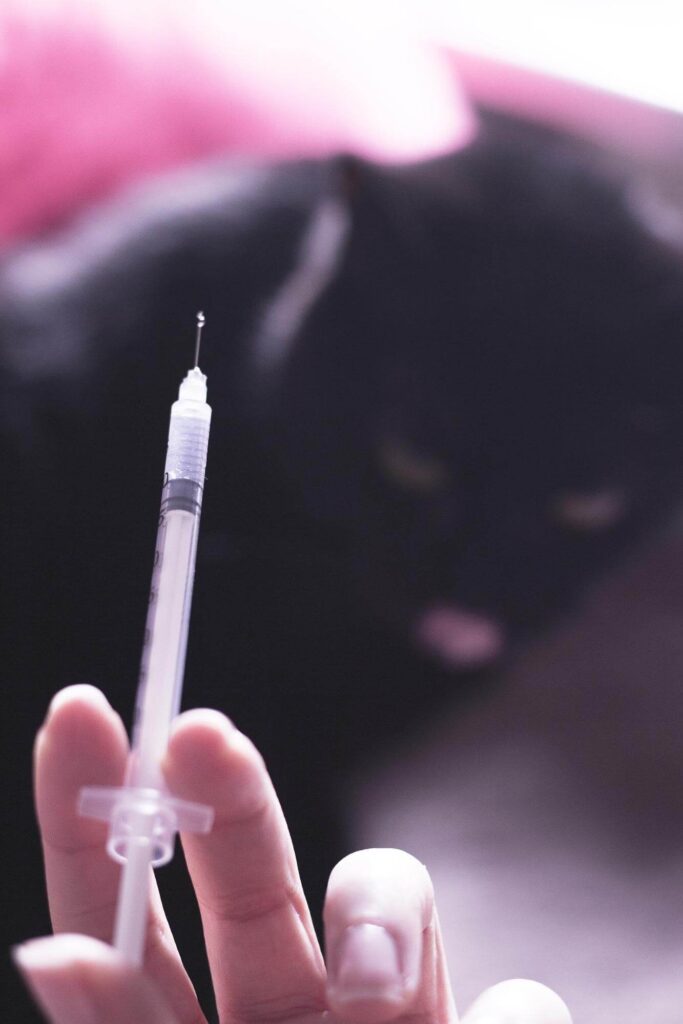How to Care for a Diabetic Cat

When it comes to house cats diabetes is a pretty common occurrence. Be that as it may, dealing with a cat with diabetes is no easy job, it requires you to pay extremely close attention to your cat’s diet, medication, exercise, and general activities. So be sure not to take it lightly as there is little room for error.
First and foremost you should always be sure to keep in close contact with your veterinarian as they prescribe insulin doses and will help determine what course of action you should take. They should be the first ones to know if you notice something wrong with your cat. Your cat will also need more frequent examinations and check ups. Appetite and water consumption are two of the biggest things you should closely monitor as they are telltale signs if your cat needs a change in dosage.
It’s also very important to pay attention to your cat’s diet. To treat their diabetes you need to modify their diet along with giving them insulin. Diabetic cat food should work just fine as long as you keep track of how much you give them according to your cat’s needs. This goes for cat treats as well, you should try to keep the treat giving to a minimum so as to not disrupt their diet. A good way to keep track of how much to give them and when to do so is to set a reminder in your phone or write it on a post it note and put it somewhere that you’ll be sure to see it.
Handling Insulin Injections

For anyone with diabetes, insulin is a must, including cats. Insulin and food must both be given at the same time. It’s not easy but keep doing it and it’ll become second nature. Change where you inject your cat each time you feed them (Example: Left side in the morning – Right side in the afternoon)
The time you feed your cat and the amount you give them should always be consistent. For example: 7am and 7pm. If their feeding time isn’t consistent then it could cause some really serious problems.
Be sure to reassure your cat when administering insulin and reward them afterwards. Nobody likes getting poked by needles. This goes for cats as well so be sure to give your cat lots of love and affection when giving them insulin. Speaking of which giving your cat insulin is no simple task.
The first thing you need to do is feed your cat (unless the veterinarian says otherwise). While your cat is eating you should prepare your cat’s dose.
- Mix the insulin according to your veterinarian’s instructions. Some insulin requires shaking the bottle, while others need to be rolled between hands or fingers.
- Take the time to clean the rubber stopper on the insulin bottle (alcohol wipes usually work best).
- Prepare the syringe and fill it to the correct dose
- Find a good injection point, pinch the skin into a little fold, and then insert the needle to administer the dose. Be careful to avoid injecting directly into the bloodstream.
Unlike other cats, diabetic felines require a strict schedule and adherence to a regular routine. Consistent structure is critically important to a diabetic cat’s long term health. These kitties should also be monitored for changes in behavior. A dramatic change in blood sugar levels can require immediate attention to prevent long term damage or even death. If you are unable to keep up with your cat’s schedule, or need to leave town, you should hire a cat sitter to check in on your pet. By following these steps along with any other recommendations by your vet, you and your diabetic cat can live a long and fulfilling life together.